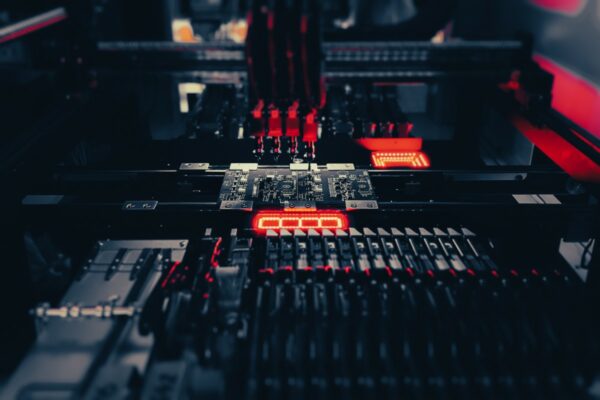What is Buried Resistance Board
A buried resistance board incorporates embedded resistance technology which allows for the integration of resistance components within the PCB itself, reducing the need for additional surface-mounted components. By embedding resistors deep within the layers of the PCB, space utilization is optimized, electrical performance is improved, packaging efficiency is enhanced, and costs are reduced.
There are two main approaches to achieving a buried resistance board. One approach involves pasting resistance components into the inner layers of the PCB using surface-mount technology. This process allows for the integration of a large number of passive resistance components, reducing the need for surface-mounted resistors and optimizing space utilization on the board.
The other approach involves printing or etching special resistance materials onto the inner or outer layers of the PCB during the manufacturing process. This technique allows for the creation of a flat resistance layer within the PCB, eliminating the need for discrete resistors.
Buried resistance boards are particularly beneficial for high-density and miniaturized electronic devices where space is limited. By integrating resistors within the PCB, these boards offer advantages such as improved impedance matching, reduced signal transmission paths, elimination of inductive reactance, and reduced signal crosstalk, noise, and electromagnetic interference.





